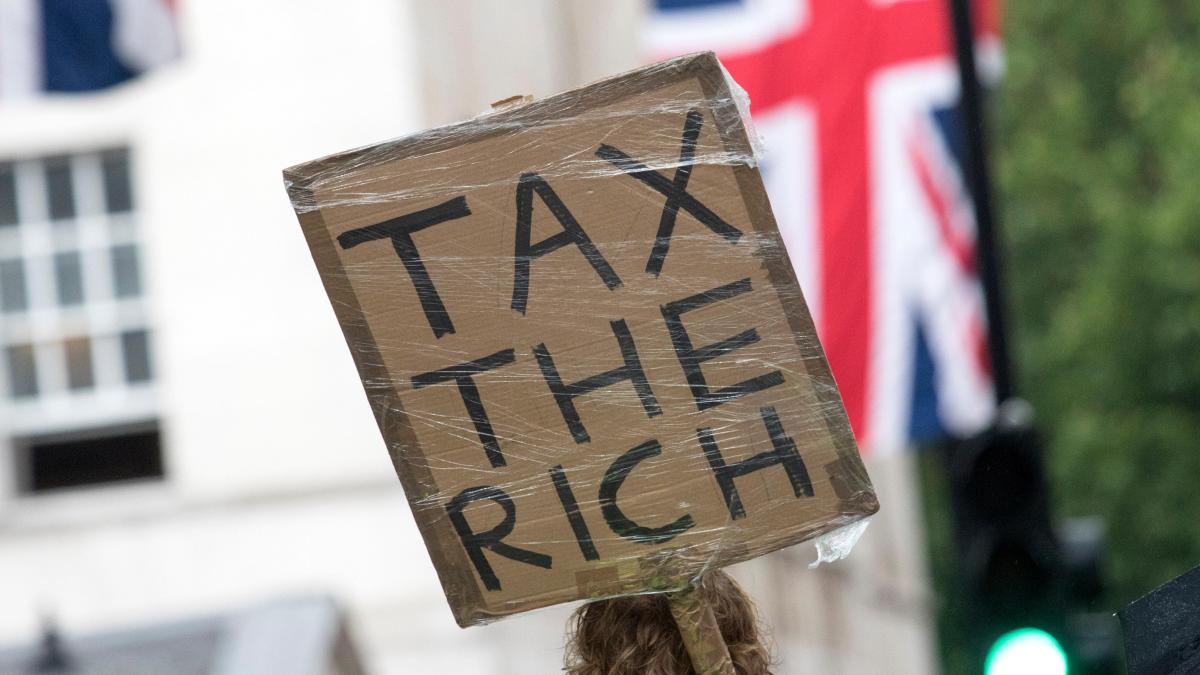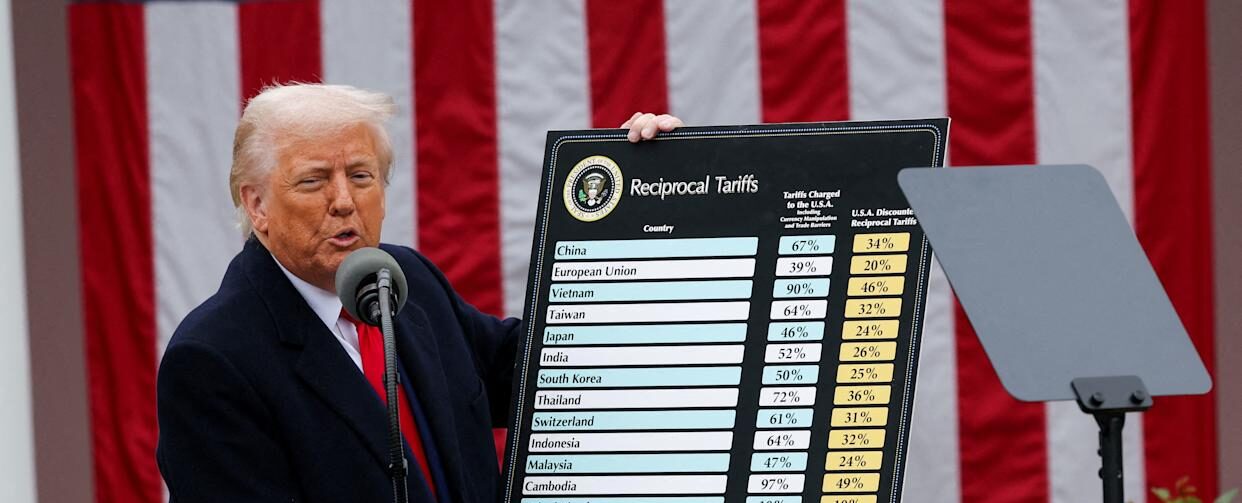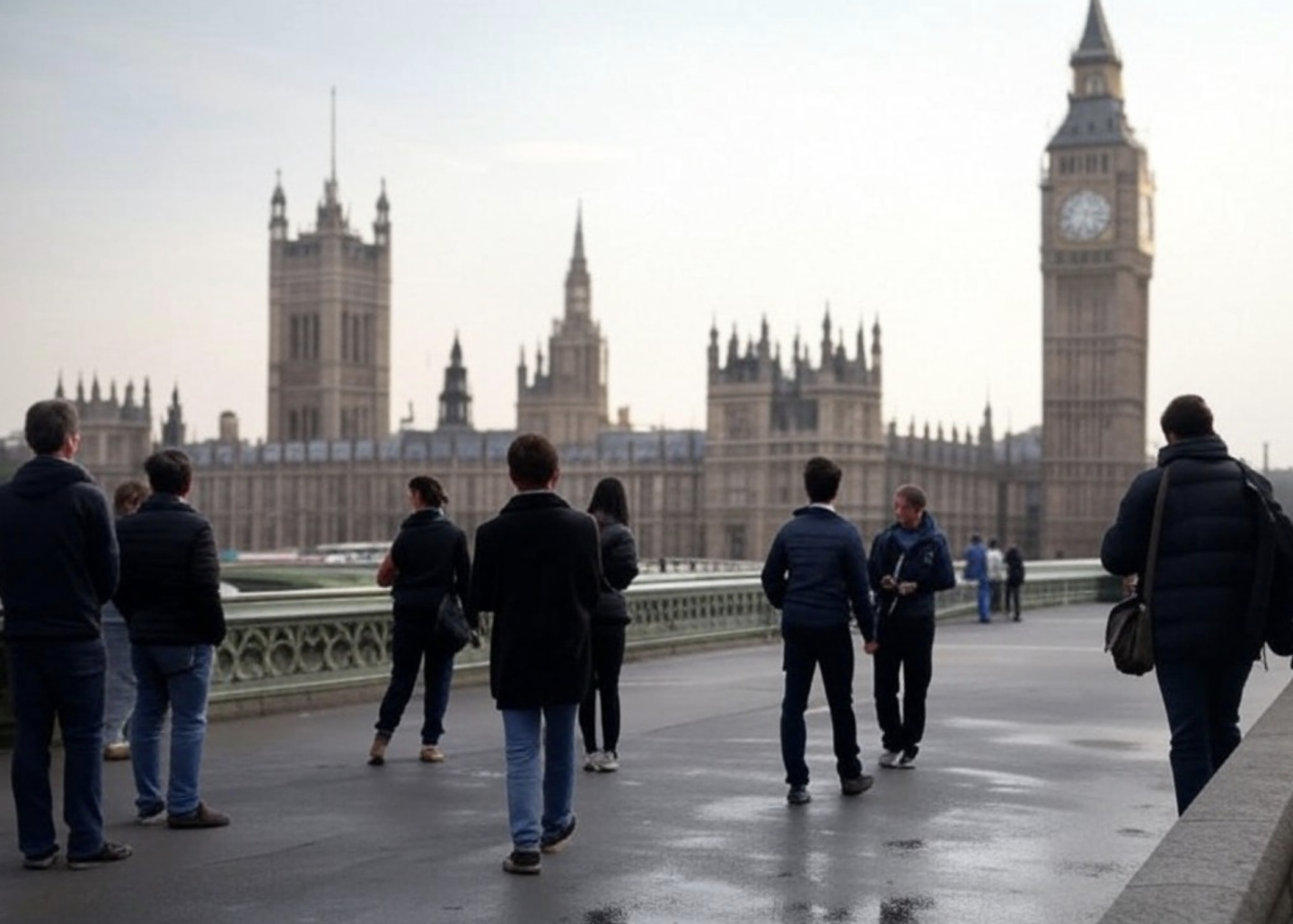Supporters of the Norwegian wealth tax have decided that an economic precedent has been set – Dr Laffer was wrong. Increase in the tax from 0.8 to 1.1% within the 2022 State Budget had allowed for this speculation – whilst projections from the Norwegian Ministry of Finance (NMF) only worsened it. According to the NMF, a $146 million pay check was said to be the reaping of the new State Budget. Opening the argument that tax rate could be pushed past Laffer’s famous ‘tipping point’ and still garner an increase in revenue.
It’s here where poor old Dr Laffer, sitting at home enjoying retirement in Sunset Ohio, was rudely pounced upon – as if a pensioner enjoying his fuel allowance.
So, how has this ‘groundbreaking economic discovery played out’. Well… before Dr Laffer is dragged out onto the streets, and most likely sprayed in some kind of orange paint – allow me to explain.
Along the Laffer Curve, you’ll (supposedly) find revenue decreases beyond the tipping point due to two core reasons. Individuals are disincentivised to work, whilst being incentivised to seek more enticing taxation policy. In the case of Norway’s wealth tax, the latter was most deadly.
In the year following its implementation, thirty high net-worth individuals (HNI’s) left the country – taking $54 billion in net worth with them. This resulted in a $594 million black hole – putting the wealth tax at a net decrease of $448 million (whilst being a likely warning of others to follow suit in the near future)
Already, we can see that the Laffer Curve is proving to be much more than simply a ‘squiggle on a napkin’.
But this is simply the seen cost. What’s unseen, is the huge loss of investment, job creation, and intellectual capital that comes from a large proportion of HNI’s leaving. Take a look at the UK’s recent removal of Non-Dom Status, for instance. The Adam Smith Institute projected annual losses of £500 million in investment and £3 billion in capital stock – simply due to the departure of HNI’s. You see, I don’t just cry about the rich leaving because I love seeing parking tickets – no, capital flight has much greater ramifications.
Let’s just say I own a restaurant. It’s in my personal interest to ensure my highest paying customers continue to indulge in my business – as they bring the most money. It’s not to say I should treat them any better than a regular customer – but it is fair to say I should ensure I do not create a circumstance in which they are incentivised to dine elsewhere, risking the closure of my business.
Beyond capital flight, a wealth tax indiscriminately harms small and medium enterprise (SME’s). This occurs and individuals are taxed on the assets they hold, even if they do not generate an income. Therefore, if you were to own a share of a company, you will be taxed on that share – irrespective of the money it generates. In relation to SME’s, of which typically gather small returns whilst growing, individuals are disincentivised from investing as SME’s become less lucrative.
If it’s not clear… Dr Laffer did, in fact know what he was talking about – and Norway’s done an excellent job in proving so.
More concerningly, it seems Britain has done a not-so-excellent job in listening. Here in the UK, there are frequent cries for a wealth tax of 2% to be introduced – but I understand this. The UK is in a dire situation; our NHS is crumbling, investment is poor, and the cost of living is obscene – if I didn’t know better, I’d be screaming from the rooftops for a wealth tax! Yet, in this case, you’ll find the cure is worse than the disease.
You see, Britain no longer rules the waves – or frankly, anything. We exist in a world where new nations outrank us in every regard. We lack competitiveness, in which there is little reason for anyone wanting to build a business to do so in Britain. Just look at Dubai and its ‘golden ticket’ tax policy; why come to Preston when you can go to the Palm Jumeirah.
In order to rebuild, we need growth; and for that, we need enticing, but reasonable rates.
Tax systems must acknowledge the teachings of the Laffer curve, in finding the perfect balance between rate and revenue. To those doubters, the Laffer curve is very much real and will very much punish those that choose to ignore it.








